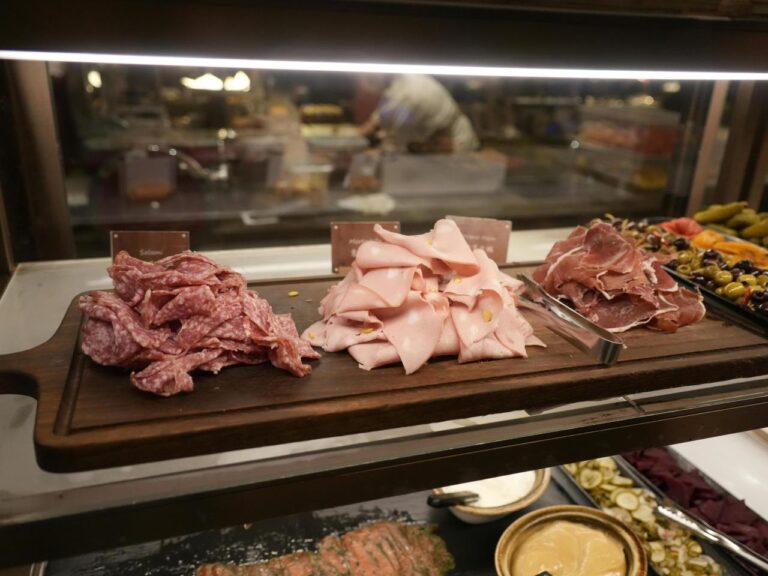Microplastics are all around us—in the soil, in the air, in the sea and in our food. But exactly how much plastic we are eating daily is still somewhat of a mystery.
The average person consumes a credit card’s worth of microscopic plastic particles every week, according to previous estimates, and new studies have shown that this plastic often shows up in places you might not expect.
“The sad truth is that scientists have found microplastics pretty much everywhere they’ve looked, including in air, water and sediment [soil],” George Leonard, chief scientist at the Ocean Conservancy, told Newsweek.
The term microplastics refers to any plastics that are less than 5 millimeters (0.2 inches) long. They can be found in industrial waste, beauty products and textile fibers, or they may form during the degradation of larger pieces of plastic waste. The ocean contains somewhere between 50 trillion and 75 trillion pieces of these micro- and larger plastics, according to estimates by UNESCO’s Ocean Literacy Portal.
These plastic particles contain chemicals that can interrupt our body’s natural release of hormones, potentially increasing our risk of reproductive disorders and certain cancers. They can also carry toxins, like heavy metals, on their surface.
With so many of these tiny particles in the ocean, it is perhaps unsurprising that they often end up in fish and other seafood. But, according to new research from the Ocean Conservancy, other protein sources might be just as bad.
“We evaluated 16 protein types for this study, and all of them contained some level of microplastics,” said Leonard, one of the study’s co-authors. “In fact, there were no statistical differences in microplastic concentrations between land- and ocean-sourced proteins.”
The study assessed 16 different sources of protein, including seafood, chicken, beef, tofu and plant-based meat alternatives. “Our study found microplastics in both animal- and plant-based proteins and no statistical significance in the difference between them,” Leonard said. “At least one sample of each of the 16 types of protein that we tested—and we tested multiple replicates of each—contained microplastics.”
In total, 90 percent of the protein samples contained microplastics. “While chicken breasts had the lowest average amount of microplastics, the averages for both pork loin chops and tofu were close behind,” Leonard said. “However, because of high variability among samples, there were no statistical differences among them.”
Of all the proteins sampled, the ones with the most microplastics were those that had undergone the most processing.
“Our research found that samples from highly processed products—things like chicken nuggets, fish sticks and plant-based meat patties—contained more microplastics than minimally processed products, suggesting that processing is another potential source of microplastics in our food,” Leonard said. “This makes sense given that processed foods likely come into contact with many surfaces before they get to the consumer.”
The researchers say that the study adds to a growing body of evidence that microplastics are not just a problem for seafood. “We are finding them throughout the food supply,” Leonard said.
“Our results suggest that personal choices at the grocery store can’t successfully reduce microplastic exposure—every type of protein, from fresh-caught fish to chicken nuggets to tofu, contained microplastics,” he said.
“If you take one thing away from this study, it should be this: The best way we can tackle microplastics in food is by supporting large-scale action to prevent microplastics from entering the food system to begin with. Advocating for policies that reduce the amount of plastics being produced and prevent microplastics from entering our lives is going to be the most effective way to take action,” Leonard said.
Source: newsweek
